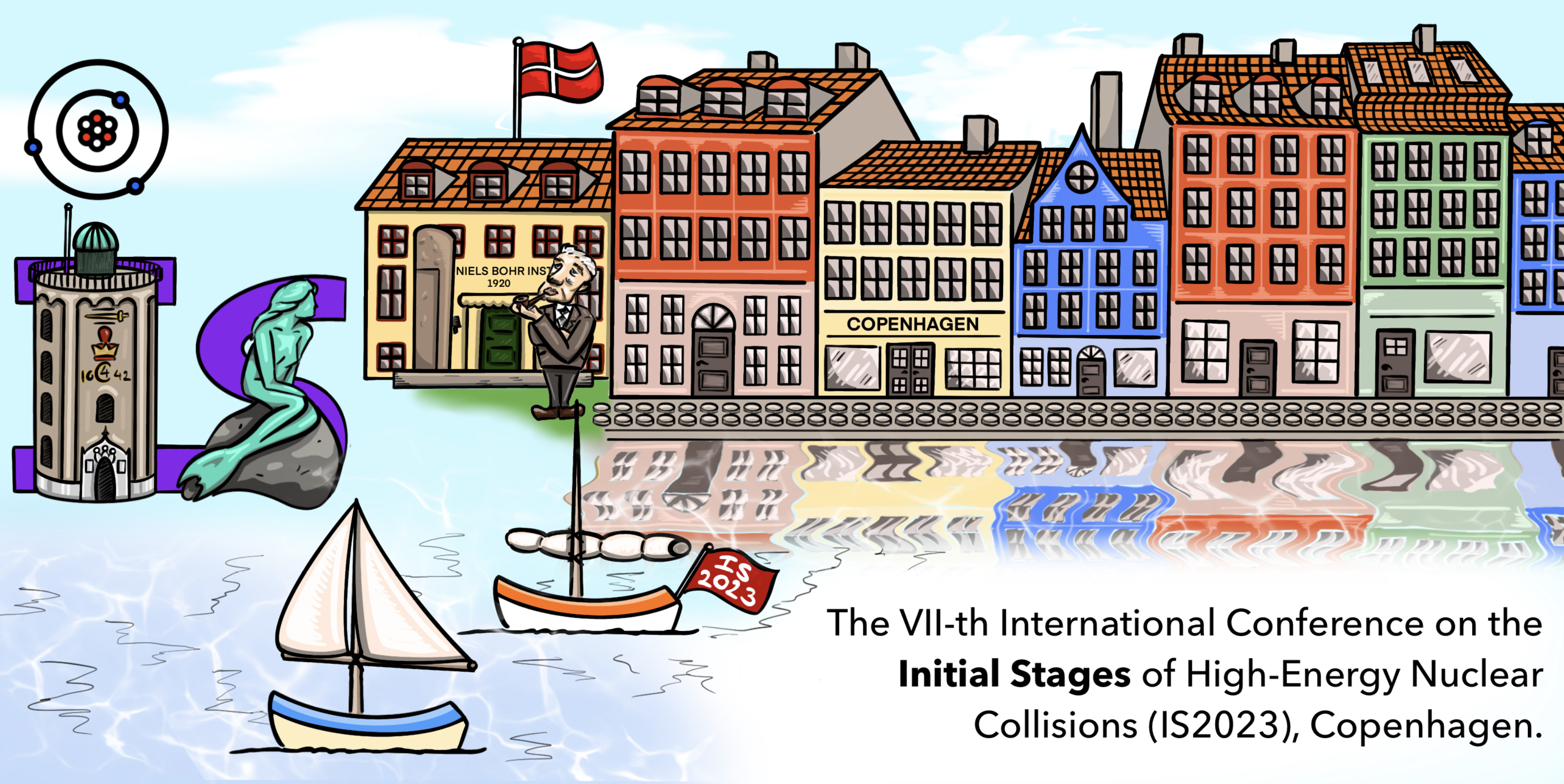Speaker
Description
Low-energy nuclear experiments well constrain the structure of the nuclear ground state, but whether this picture is consistent at higher energies is an open question. Geometry-driven observables such as the anisotropic flow, $v_{\rm n}$, measured in high-energy heavy-ion collisions access the spatial positions of nucleons on an event-by-event basis and provide a snapshot of the many-body correlations within the colliding nuclei. These measurements, obtained with multiparticle correlations, are well suited to probe nuclear deformation in heavy-ion collisions.
In this talk, the nuclear structure of $^{129}$Xe nuclei, which have a quadrupole deformation, is studied by measuring various flow observables using multiparticle correlations in Xe--Xe collisions at $\sqrt{s_{NN}}$=5.44 TeV with ALICE. Comparisons to the measurements in the collisions between $^{208}$Pb nuclei, which are not deformed, will also be presented. The ratios of the measurements in Xe--Xe and Pb--Pb collisions could cancel out most of the final-state effects. Therefore, they are more sensitive to the initial conditions and thus provide information on the initial nuclear structure. Furthermore, the measurements are compared to the AMPT model and the IP-Glasma+MUSIC+UrQMD hydrodynamic model. It allows constraining the overall quadrupole deformation strength $\beta_2$ of $^{129}$Xe. Such comparisons reveal the potential of using flow observables as a probe of the nuclear structure of nuclei in ultrarelativistic heavy-ion collisions at the LHC energies.
| What kind of work does this abstract pertain to? | Experimental |
|---|---|
| Which experiment is this abstract related to? | ALICE |
